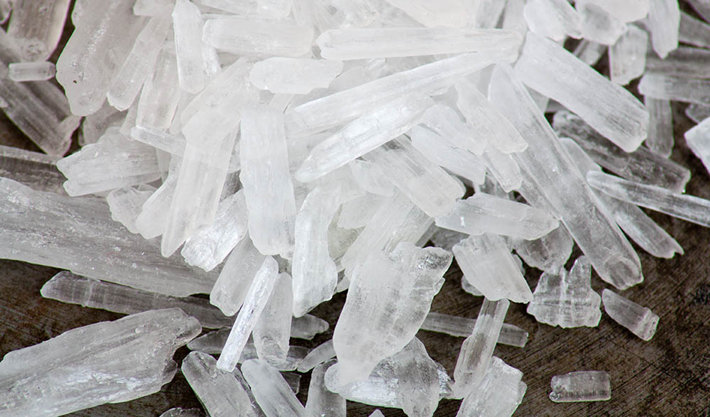ICE AND THE BRAIN
Ice (crystal methamphetamine) triggers the release of two chemicals in the brain, called dopamine and noradrenaline. These chemicals are also released during pleasant activities – like eating and sex – and they are responsible for making us feel alert and excited. But flooding the brain with these chemicals can cause an ‘overload’ in the system which is why some people can’t sleep for days or experience symptoms of psychosisafter taking ice.
Ice also stops the brain from reabsorbing these chemicals which lowers their supply in the brain. This is why people often feel low or irritable for 2-3 days after taking ice.
Over the long term, regular use of ice can damage or destroy dopamine receptors in the brain — sometimes to a point where users no longer feel normal without having ice in their system. Even after people have stopped using ice it can take up to a year before these brain changes return to normal.
The initial effects of ice often last for between 4 and 12 hours depending on how much ice is consumed. Although the effects of ice are usually felt quickly (within minutes if it is smoked or injected, or about 30 minutes if snorted or swallowed), it can take 1 to 2 days to entirely leave the body.
A ‘comedown’ phase or ‘crash’ is often experienced by ice users as the drug starts to wear off. These feelings can last a few days and symptoms can include:
- Feeling down or depressed
- Decreased appetite
- Exhaustion
- Increased need for sleep
- Irritability
- Feeling anxious.
Withdrawals refer to unpleasant symptoms experienced by users who are dependenton ice. These symptoms can last for several days or many weeks, depending on the severity of use. With drawal symptoms can include:
- Headaches
- Anxiety
- Aggression
- Restlessness
- Cramps
- Vomiting.


